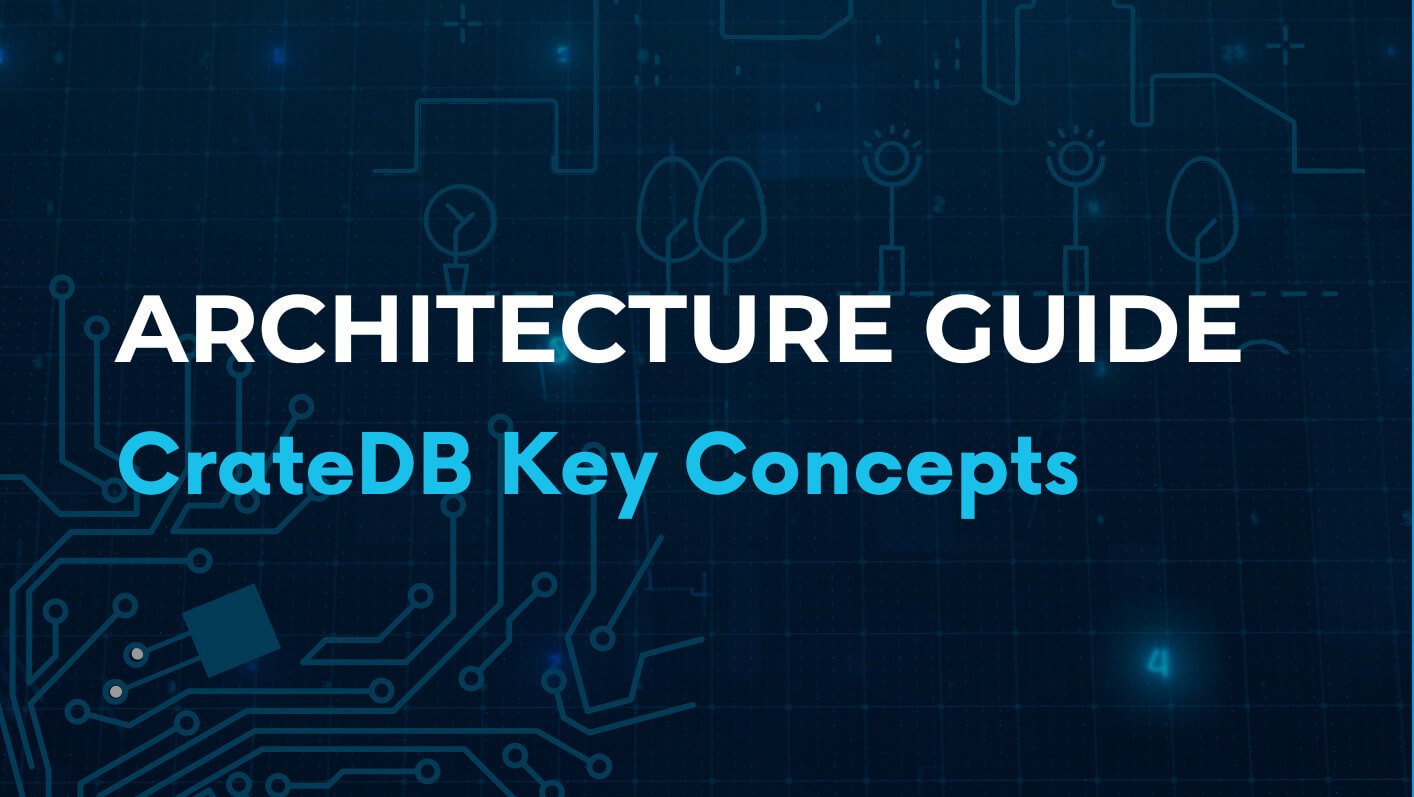High Availability
One of the key advantages of CrateDB’s distributed architecture is its ability to deliver high availability for always-on applications, ensuring your data is always accessible, even during node failures, upgrades, or maintenance. CrateDB’s shared-nothing architecture means every node is equal: Each one can handle reads, writes, and queries independently, with no single point of failure. This design guarantees consistent performance, zero downtime, and minimal operational overhead, all while scaling effortlessly.
Resilient by design
Unlike primary–secondary systems, CrateDB doesn’t depend on a central node. Every node in the cluster is identical and capable of performing any operation, so your data remains available even if one or more nodes go offline.
- Shared-nothing architecture: Each node operates independently with its own compute, memory, and storage.
- Automatic replication: Data is automatically replicated to a configurable number of nodes, ensuring redundancy and fault tolerance.
- Self-healing clusters: When a node rejoins after a failover, it automatically synchronizes with the latest data.
- Rolling upgrades: Perform maintenance and software updates without interrupting operations — the system keeps serving queries continuously.

Automatic failover mechanism

|
1. The failed node leaves the cluster due to some hardware failure or a rolling upgrade. |

|
2. CrateDB performs an automatic failover, where all the data remain available on the other nodes. |

|
3. As the new node joins, automatic data synchronization and rebalancing take place. |

|
4. Once the new node is part of the system and data are fully replicated again, the self-healing process is completed. |

Flexible, multi-zone resilience
CrateDB isn’t limited to a single data center. Nodes can be distributed across multiple availability zones or geographic regions, providing protection against infrastructure failures or network outages.
This multi-zone capability makes CrateDB a robust choice for enterprises that demand continuous uptime and geographically resilient deployments.

Quorum and cluster reliability
CrateDB maintains cluster integrity through a master node election system that requires a quorum.
To achieve true high availability, you need at least three nodes, ensuring that the cluster can always elect a master and maintain consistent state information.
- Three nodes minimum: Ensures quorum and continuous read/write availability.
- Replica configuration per SLA: Adjust replication levels to meet your required fault tolerance.
- Two or more replicas: Recommended for mission-critical workloads that cannot afford any data loss or downtime.

Fine-grained control over redundancy
CrateDB gives you per-table control over replication. You can define exactly how many replicas each table and its shards should have, balancing redundancy, performance, and storage cost according to your availability requirements.
This fine-grained configuration empowers you to tailor data durability and resource usage for each workload, from lightweight monitoring tables to highly critical operational datasets.

Always-on architecture for real-time insights
CrateDB’s high availability features are not add-ons, they’re part of its DNA. From automatic failover and rolling upgrades to multi-zone replication and self-healing clusters, CrateDB ensures your applications never go dark.
| Capability | CrateDB advantage |
|---|---|
| Node failure | Automatic failover and data synchronization |
| Software upgrades | Rolling updates with no downtime |
| Multi-zone deployment | Resilient across regions and availability zones |
| Data durability | Configurable replication on a per-table basis |
| Cluster consistency | Quorum-based master election |

CrateDB architecture guide
This comprehensive guide covers all the key concepts you need to know about CrateDB's architecture. It will help you gain a deeper understanding of what makes it performant, scalable, flexible and easy to use. Armed with this knowledge, you will be better equipped to make informed decisions about when to leverage CrateDB for your data projects.
